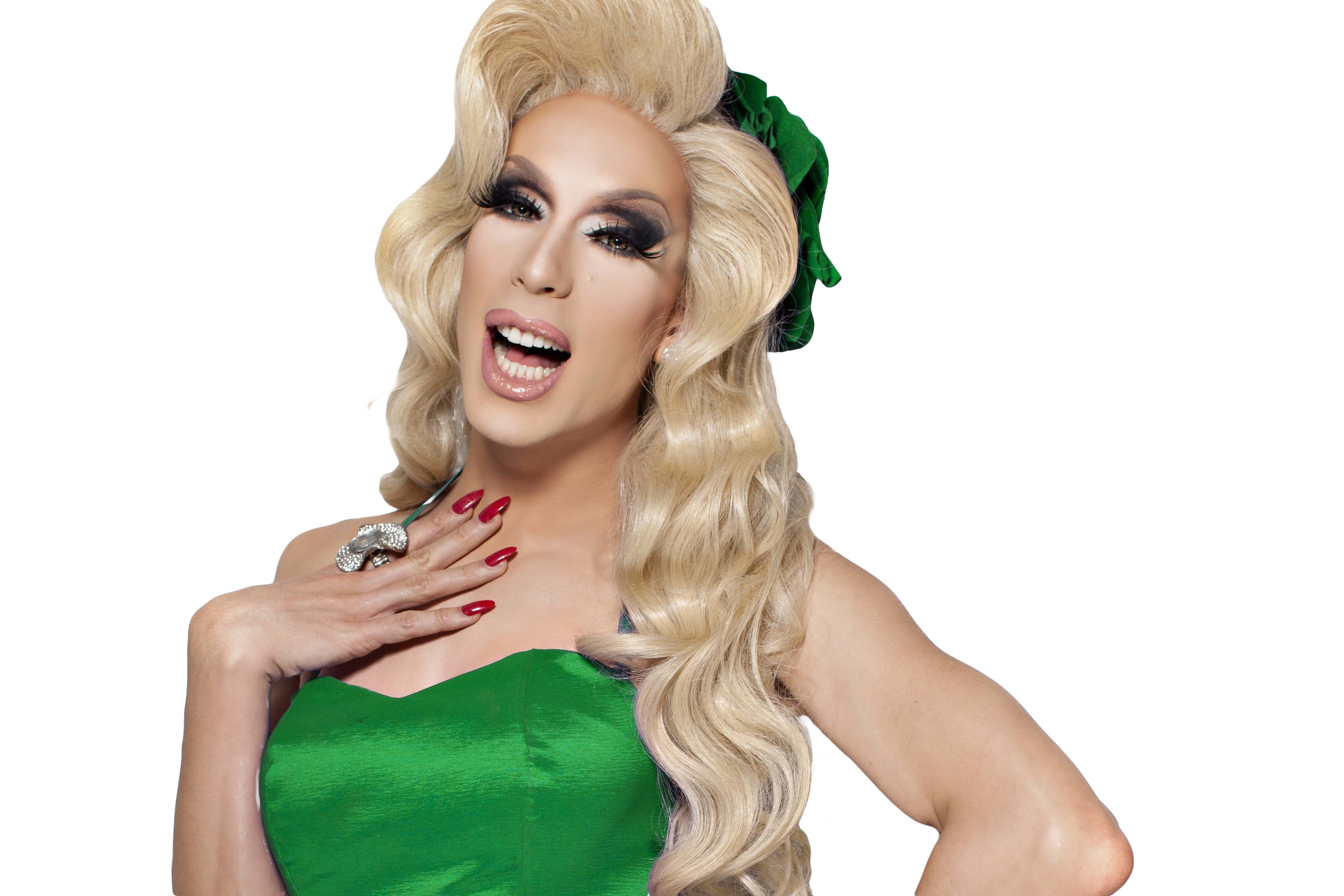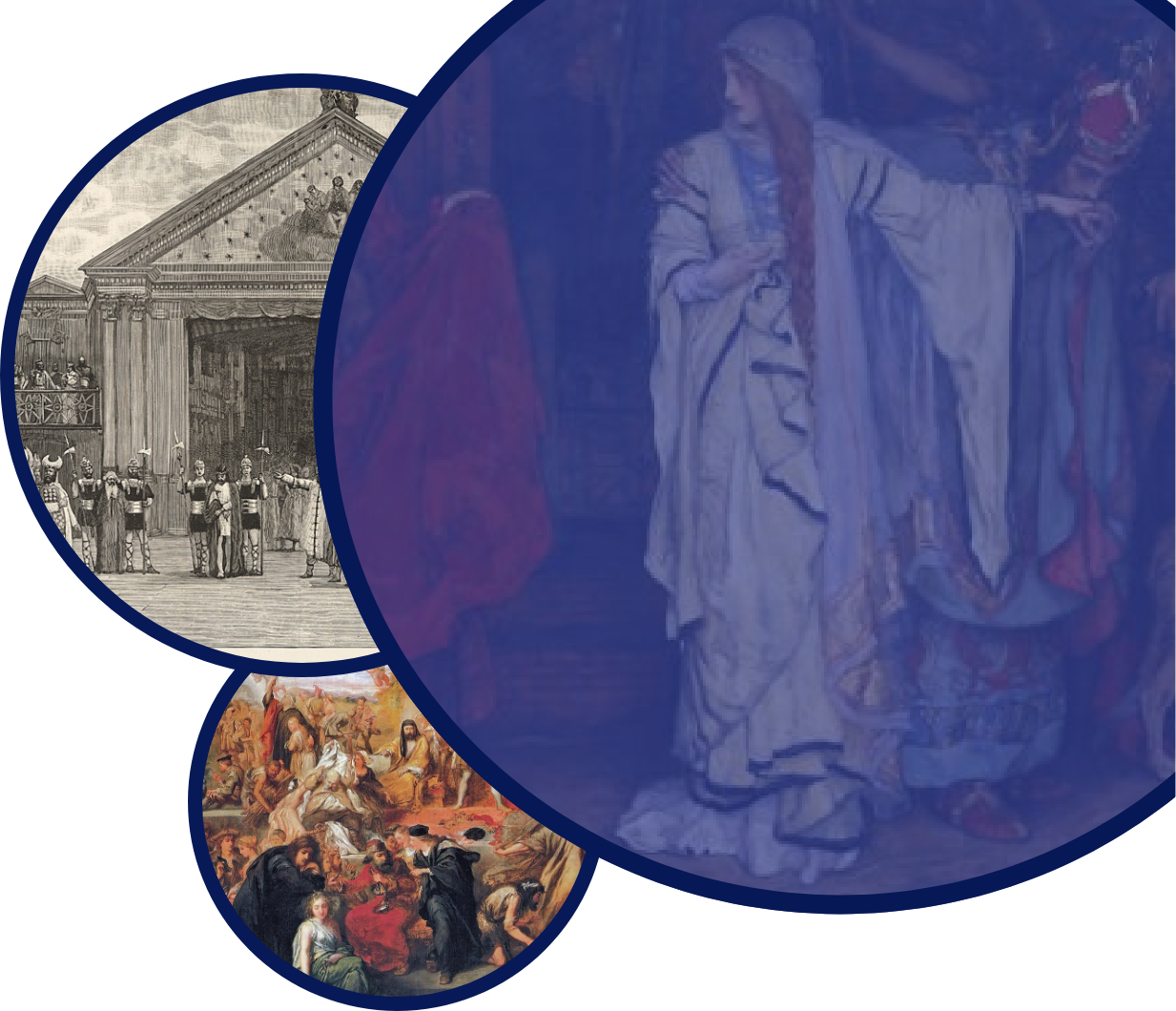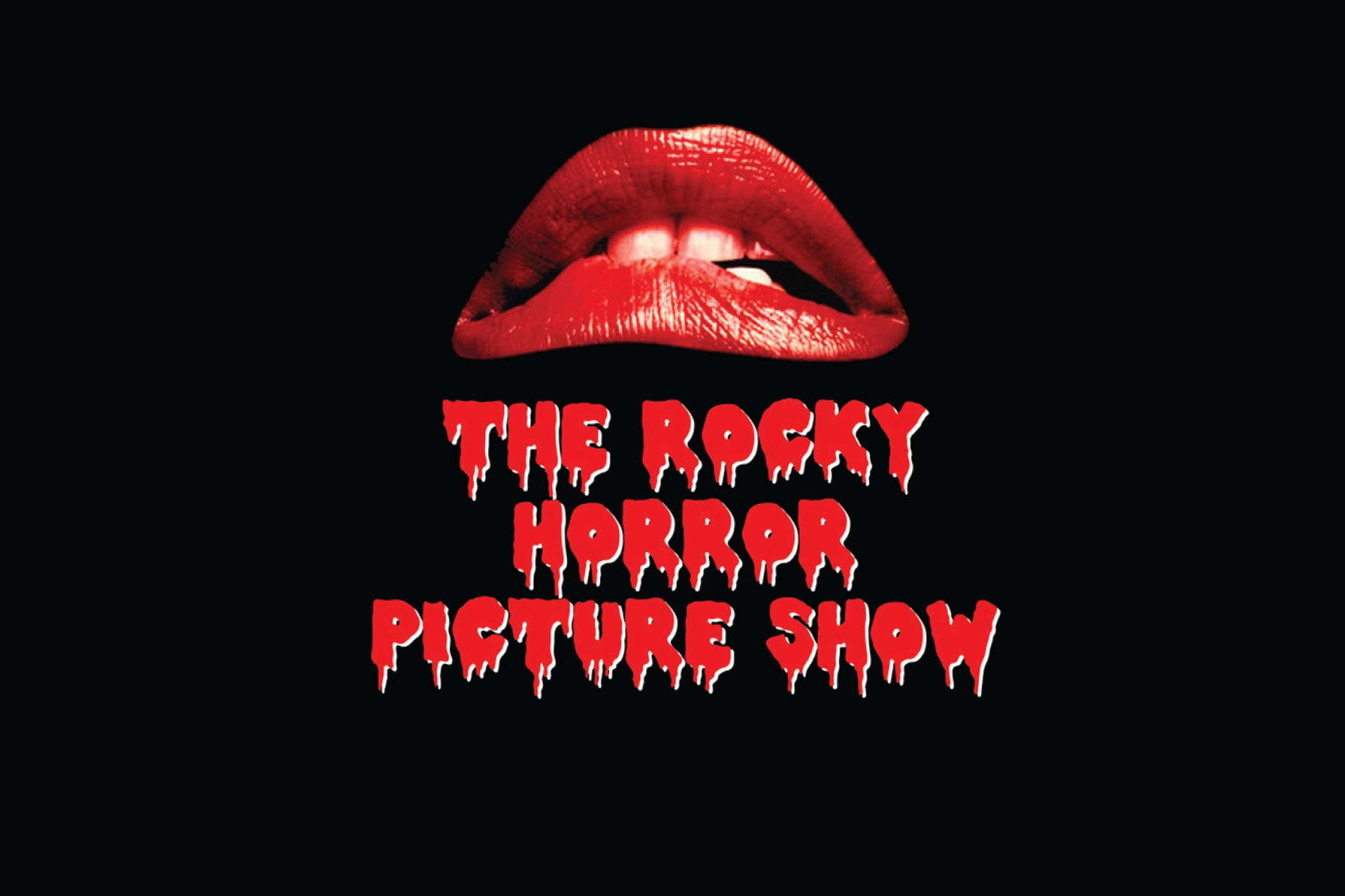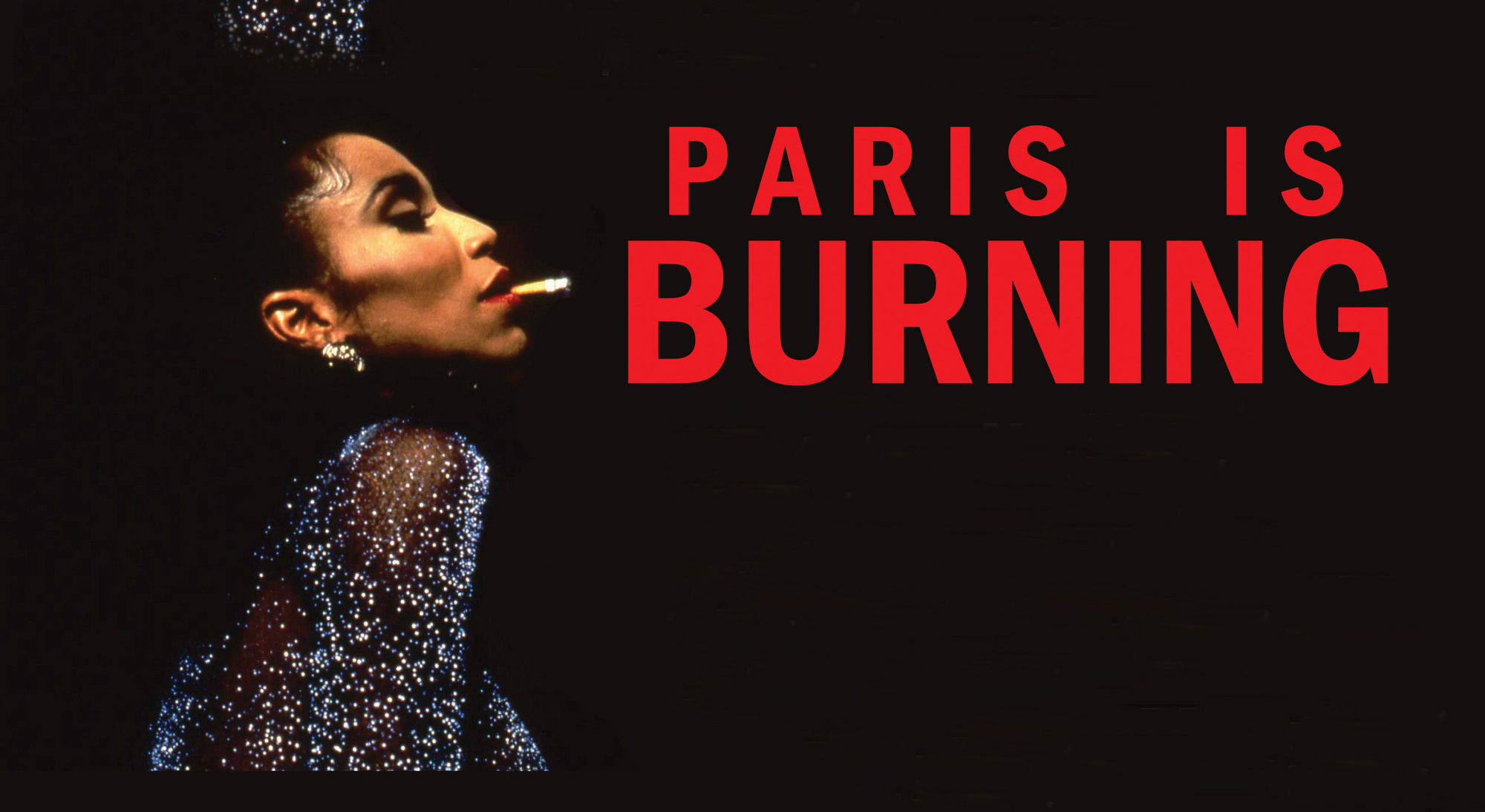
WHAT
a
DRAG
An interactive guide through the history of drag culture.
Scroll Down

An interactive guide through the history of drag culture.
Scroll Down


Drag began centuries ago in the form of religious plays.
But first. It all began in Ancient Greece. Woman of this time were barred from participation in dramatic performances that were deemed "too dangerous".
The Catholic church ended up taking, and keeping this tradition for what they considered "Moralistic precautions."
Theater existed soley in the form of church pageants and reenacted biblica stories. If there was a woman to be portrayed in the act, the role was portrayed by men.
Vaudeville is an entertainment type that began in the early 20th century. It featured special acts such as burlesque, comedy, song, and dance.
It came before the rise of movie theaters in the United States in the form of travelling shows. It became one of the most popular forms of family fun entertainment between the years of 1870 and 1920.
Early drag entertainments during this period intended to mock rather than praise woman. The vaudeville types of drag would today translate to "glamour drag."



Its the 1920's and the Prohibition has begun. During this time alcohol was infamously banned and those seeking it were forced into underground bars called "Speakeasies.

During this era, gay men, too, found a place to express an underground art form which had came to be called Drag during the occuring 'pansy craze' going on at the time.

It was at the turn of century when men began to use drag. However, as gay men gradually came out of the closet, drag became more closely linked to homosexuallity and was forced into an underground art.

Prohibition gave gay men a place to congregate away from the eyes of the law and more and more bars were created to cater exclusively to gay clientel.


Even after the Prohibition gay bars featuring drag continued thriving up until the 1950's and 60's when culture really began to crimilize gay culture and the police cracked down on these gay bars.
The 50's and 60's were a tough time to be homosexual.
It became illegal to serve alcohol to homosexual individuals or for them
to dance together. They were, ultimately, forced back underground.
Police had begun cracking down on gay friendly establishments.
They enforced anti-cross-dressing laws; in New York men were legally forced to wear no
fewer than three pieces of male clothing in order to not be arrested for drag.
In 1965 the Imperial Court System was founded as the first
Drag Queen Organization
In the year 1966 a member of the Genovese crime family
purchased the Stonewall in Manhattans Greenwich Village.
It would soon become a hub of gay culture and the center of a series of riots in 1969 known as the Stonewall Riots.
At the forefront of the Stonewall Riots was the drag queen
Flawless Sabrina who organized multiple pageants across the United States to showcase drag queens
in a scene much like a traditional beauty pageant.
At the time of the Stonewall Riots homosexual acts were illegal in every state except Illinois.
On June 28th, New York Police Officers raided the bar seeking to arrest homosexual patrons.
The crowd decided, instead of being arrested
to fight back. High heel-wearing drag queens and transsexuals were on the frontlines
of the six-day skirmish that officially signaled the started of the gay rights movement in the United States.
Even with legal oppressiona, drag queen communites organized more formally by the mid 1960's.
As a response to the police shutting down a string of gay bars Jose Julio Sarria, San Fransicos first openly gay political candidate
and performer founded the Imperial Court System.

Released in 1975, Rocky Horror Picture Show became an immediatly cult hit which became known as a midnight movie.
Audience members would dress as the characters and reenact similar performances based on the movie.
Members of the LGBT Community comprised a large part of the Rocky Horror Cult following. They embraced the idea of sexual liberation and androgyny.
It became one of the first movies to bring Drag Culture and Gender Bending performances to the mainstream light.

1983, A New York University Student Jennie Livingston met a group of gay men who were dancing and posing in washington square park.
She asked what they were doing and they told her they were "Voguing." The idea of Paris is Burning was formed.
The film, which was released on September 13th, 1990 explored the elaborate ball competitions in which contestants adhered to categories or themes and must "walk" like in a fashion walk.
Contestants are judged on their dance talent, the beauty of their clothing, and the "realness" of their drag.
It inlcuded Queens who were prominent members of the Drag Scene such as Pepper LaBeija, Dorian Corey, Angie Xtravaganza, and Willi Ninja.
The film also featured subjects of importance such as the issues of AIDS, racism, poverty, violence, and homophobia.


Born in San Diego, California on November 17, 1960. Ernestine "Toni" Charles, or known today as RuPaul, pursued performing arts at the age of 15.
In 1982 he debuted on an Atlanta show called The American Music Show. Soon after he helped create a low-budget film title Star Booty and an album by the same name.
His first prominent national exposure came in 1989 when he starred as an extra, dancing in the video for "Love Shack" by the B52s.
In the early 1990's RuPaul worked the Georgia club scene, participating in gender bender style performances.
In 1993, RuPaul recorded the dance hit "Supermodel (You Better Work). It was, unexpectedly, a huge success on the MTV Channels and peaked at number 45 on the Billboard Hot 100.
Then in 2008, RuPaul began the production of RuPaul's Drag Race, a reality television game show which aired on Logo.
RuPauls Drag Race premiered in 2009 and since then has become a popular phenomenon.
It shot Drag Entertainers to the mainstream and as of now, it is on its 11th Season.
Beyond its history, Drag has found a fan base through the various means of television, internet and as Drag has entered the Mainstream media, it seems it is here to stay.
Return to Top